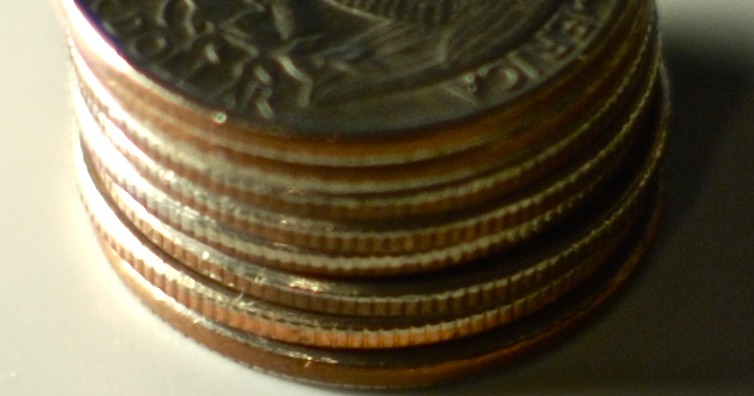It’s one of those things that we see everyday but never really wonder why it has to be that way. Well, because here at I’m A Useless Info Junkie we often wonder thats “why’s”, it’s time find out why some coins have notched edges while others don’t.
According to the United States Mint ridges were added to the coins’ edges to prevent people from shaving the precious metal out of the sides. You see, back in the 18th century, dimes, quarters and half-dollars coins were actually made out of gold and silver. Soon enough though, people started skimming the edges and made quite tidy sums by just selling the shavings. To prevent this from happening, the U.S. Mint added reeded edges in order to halt the fraudulent use of the coins.
By why pennies and nickels don’t have ridges? (the article continues after the ad)
Because (with the exception of wartime nickel which was produced from 1942-1945) all other “minor” coins never contained precious metals, they didn’t need to add ridges on the edges as shaving for these coins didn’t make any sense.
Of course, none of the coins produced today contain any precious metals but the ridges are still being added to the coins because it’s a useful feature for the visually impaired. For example, the penny and the dime are roughly the same size hence the reeding on the dime makes it easily identifiable by touch.
If you like what you read, then you will definitely love this one: This Is How Much It Costs To Print Money
Main Article Photo: gosheshe / Flickr
Photoshop: I’m A Useless Info Junkie
Sources: Why do some coins have grooves on the edges? And why are they there?



